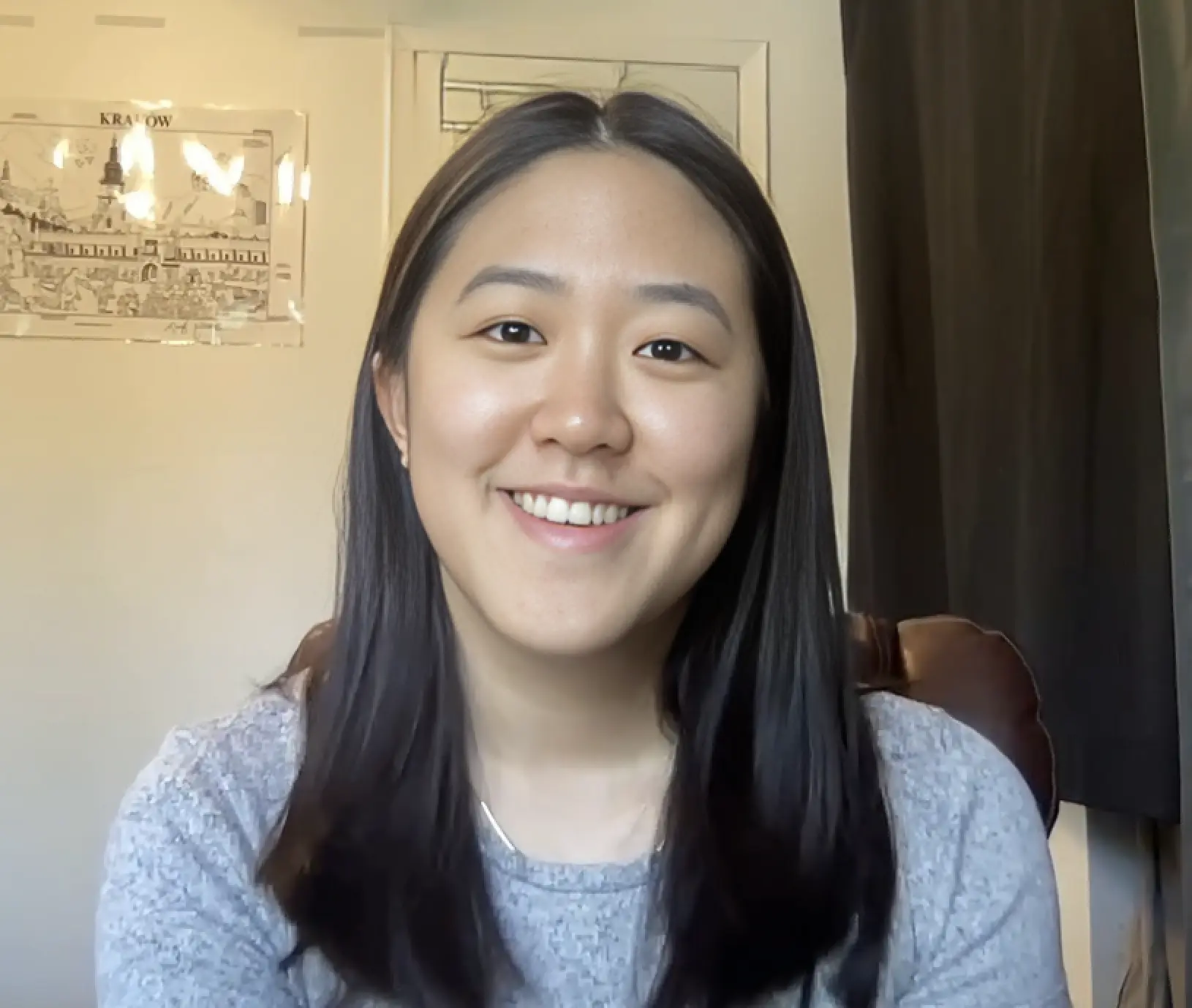
To apply for student loans in Canada, you need to understand eligibility criteria, the types of loans available, and the application process. This guide on how to apply for student loans in Canada will walk you through each step clearly and concisely, ensuring you can secure the financial aid you need for your education.
Key Takeaways
- The Canada Student Loan Program (CSLP) and provincial student loans are available to cover up to 60% of tuition costs based on financial need, with additional support from private loans if needed.
- Eligibility for student loans in Canada requires being a Canadian citizen, permanent resident, or protected person, and enrolled in an eligible program, with varying thresholds for full-time and part-time students.
- Applying for student loans involves gathering necessary information, submitting either online or via alternative methods, and maintaining eligibility by meeting academic requirements and demonstrating financial need.
Understanding Student Loans in Canada
Applying for student loans in Canada might seem overwhelming at first, but with the right knowledge, it can pave the way towards achieving your educational goals. In Canada, student loans are a beacon of hope, casting light on the path for those seeking post-secondary education. With the Canada Student Loan Program (CSLP), both full-time and part-time students can apply for loans, covering up to 60% of tuition costs based on financial need.
When federal loan limits are in sight or federal aid is not on the horizon, provincial student loans can provide additional funding. For those charting their own course, private loans from financial institutions like CIBC offer a different kind of support, though not interest-free, they do help cover tuition, books, and living expenses.
Why You Should Apply for Student Loans

Think of student loans as a driving force, propelling you towards your educational goals. These loans are designed to cover a significant portion of educational expenses, allowing students to afford higher education without the weight of financial burden. While on your academic journey, student loans remain interest-free, and there’s no need to repay them until you’ve docked at the shores of graduation.
With flexible terms that surpass other forms of credit, the repayment period is designed to ease your transition from student life to your professional voyage.
Eligibility Criteria for Student Loans in Canada
Before applying for student loans, it’s necessary to first meet the eligibility criteria. As a compass needle points north, so too do the requirements for Canada student loans point to being a Canadian citizen, permanent resident, or protected person status. Students must anchor themselves as permanent residents of a province or territory that issues Canada Student Grants and/or Loans.
Full-time students must be enrolled in no less than 60% of a full course load, with the threshold adjusted for those with disabilities. Part-time students, on the other hand, must navigate within the 20 to 59% range of a full course load. Eligible programs must offer a degree, diploma, or certificate and run for a minimum of 12 weeks within a consecutive 15-week span.
Demonstrating financial need is the map that leads to the treasure of student loans, and for those aged 22 or older applying for their first Canada Student Loan, a credit check is the rite of passage.
Step-by-Step Guide to Applying for Student Loans

Starting the application process for student loans is similar to preparing for a much-anticipated journey. As with any journey, it’s best to begin well in advance—ideally, two months before your program starts—to ensure your funding arrives when you need it most. Ready your provisions by gathering personal information, financial details, and school information.
The maps for the upcoming program year are typically available in June, providing ample time to chart your course. Keep in mind, the deadline for part-time student loan applications is six weeks before your academic voyage ends. Whether you’re a full-time or part-time student, the course to student aid differs, and so does the way your part time student aid is calculated.
Keep in mind, student aid requires an annual reapplication for each academic year. You have the choice to submit your applications online or send them by mail, through the Advanced Education Student Portal, or by using the printable application package for those who cannot apply online.
Preparing Your Application
Before starting your application, make sure you have all the necessary information at hand. New student aid applications for post-secondary programs starting on or after August 1, 2023 have been introduced due to the winds of change. If you’re a dependent student, you’ll need to present your parents’ or guardians’ information, including financial details that are crucial for navigating the application process,.
Students with disabilities will need to chart their course carefully, providing proof of their disability, cost estimates for necessary equipment, and documentation of any disability assistance they’re receiving.
Submitting Your Application Online
The digital seas have opened up convenient routes for submitting your student loan application online. By visiting the student financial assistance site of your home province or territory, you can apply for a Canada Student Loan with ease.
In Alberta, for instance, full-time students must navigate the waters of account creation and verification through the Alberta.Ca Account, while part-time students have the option to do so. A verified account grants access to the Alberta Student Aid system, where students without a valid driver’s license can obtain an ID card from Alberta Registry services to create their Student Aid account. For help with verification, the Alberta Student Aid Service Centre stands ready to assist. If your school is unable to automatically confirm your registration, be prepared to upload the necessary documents to your Alberta Student Aid account.
Saskatchewan also offers an online portal for students to apply for aid.
Alternative Application Methods
For those who prefer to chart a different course, alternative application methods like mail or in-person visits to financial institutions are available. When applying by mail, download and fill out the application form from the official student loan website, ensuring to include all the necessary documentation to avoid any delays in your voyage,.
For a more hands-on approach, set your course for a participating financial institution where you can meet with a loan officer, complete the necessary forms, and submit your documents directly.
Comprehensive Guide to Applying for Student Loans Across Canada
Navigating the diverse seas of student loans in each Canadian province and territory can be as complex as the country's vast geography. Here's a streamlined compass to guide you through the application process in each region.
British Columbia, Saskatchewan, Ontario, New Brunswick, and Newfoundland and Labrador
In British Columbia, StudentAid BC is your first mate in the journey for student loans, offering integrated loans that combine both federal and provincial funds. When the time comes to repay, students will only need to make a single monthly payment for their combined loan balance.
Saskatchewan sails with a similar vessel, where students apply through the government's Advanced Education Student Portal. This integrated loan program allows for a single application and repayment process.
Ontario's OSAP (Ontario Student Assistance Program) provides a blended federal-provincial loan, with the repayment phase managed by the federal National Student Loans Service Centre, streamlining the process into one federal channel.
In New Brunswick, the provincial and federal student loans are administered together, allowing students to apply for funding through the province's Student Financial Services website. Repayment is unified into one payment for both federal and provincial loans.
Newfoundland and Labrador offer a provincial loan program alongside the federal one, with a unique set of eligibility criteria. Students in this province can receive up to $100 per week of study and apply for both loans simultaneously.
Alberta, Manitoba, Nova Scotia, and Prince Edward Island
Alberta provides a dual application system through Alberta Student Aid, where students can apply for both federal and provincial loans and grants. Post-graduation, students will navigate two separate repayment schedules.
Manitoba's provincial student loans complement the federal funding, offering up to $200 per week of study. With one application covering both, students will ultimately repay two different lenders.
In Nova Scotia, a provincial student loan of up to $200 per week of study is available in addition to the Canada Student Loan. Students apply through the provincial Student Assistance website and will have two separate repayments to manage upon finishing their studies.
Prince Edward Island offers provincial student loans up to $209 per week of study. Students can apply for both federal and provincial loans with a single application via the province's Student Financial Services website, with separate repayment schedules to follow after graduation.
Yukon, Northwest Territories, Nunavut, and Quebec
Yukon's students apply for Canada Student Loans through Yukon Student Aid, with the territory not offering additional territorial student loans.
The Northwest Territories, Nunavut, and Quebec each helm their own student financial assistance programs, independent from the federal student loans system.
In the Northwest Territories, students may be eligible for grants or loans based on financial need, family size, and other factors, with the potential for additional support for Indigenous students and students with disabilities. Applications are renewed annually through the Student Financial Assistance website.
Nunavut's Financial Assistance for Nunavut Students program provides grants and loans to full-time students who meet specific eligibility criteria, such as prior schooling in the territory. Students apply through the Department of Education.
Quebec offers provincial grants and loans to eligible full- and part-time students, with applications submitted through the government's financial aid website, ensuring that Quebec students have access to tailored financial support.
Understanding Student Grants and Scholarships

Beyond the realm of student loans, there’s a treasure trove of student grants and scholarships waiting to be discovered. The Canada Student Grants Program (CSGP) brings together various federal grants into one cohesive plan, offering funds that students don’t have to repay after graduation. These grants provide:
- Up to $4,200 per year for full-time students with financial need
- Support for students with dependants, covering up to $200 per month for each child under age 12
- 100% coverage of the cost of learning assessments, up to $3,500 per loan year
Provincial horizons also offer vistas of scholarships and awards, complementing the support provided by the federal government.
Canada Student Grants
The Canada Student Grants Program has swelled its coffers by 40% over pre-pandemic amounts, making the pursuit of post-secondary education even more accessible. To drop anchor on these grants, full-time students must demonstrate financial need and have a family income below certain thresholds.
Up to $3,000 per year is available for those who qualify for the Canada Student Grant for Full-Time Students, based on financial need. Should students wish to decline the loans and receive only the grants, this option is available if requested.
Provincial Scholarships and Awards
Provincial scholarships and awards offer additional funding opportunities to students across Canada. In Alberta, the Alexander Rutherford Scholarship awards up to $2,500 to students entering post-secondary education with strong academic performance. The Alberta Citizenship Award recognizes high school students who have contributed significantly to their communities with a grant of $2,005.
Saskatchewan extends the Advantage Scholarship to Grade 12 graduates, offering up to $750 each year, with a cap of $3,000, for those enrolling in a post-secondary institution within the province. Additionally, students with disabilities and from low-income backgrounds in Alberta have access to non-repayable grants. The Alberta Student Grant for Full-time Students offers up to $425 per month for those who qualify.
For nursing students willing to work in rural Alberta, the Bursary for Internationally Educated Nurses provides up to $30,000 in support. This is just a glimpse of the vast array of additional funding opportunities available through various provinces in Canada.
What Happens After You Apply
Once you’ve submitted your application for student aid, the subsequent steps are crucial for achieving your goal. The assessment process can take up to 8 weeks, during which time your application is reviewed and your funding eligibility is determined,. You will receive a Student Award letter that outlines the amount of funding you’re eligible for, as well as the expected disbursement date, guiding you on the next leg of your journey.
These funds are typically disbursed in two installments throughout the academic year, ensuring you have the necessary resources at each stage of your educational voyage.
Receiving Your Assessment
When the sails of your student aid application catch the wind, you’ll be assessed for a combination of non-repayable grants and repayable loans. The Student Award letter serves as your map, detailing your funding eligibility and the treasures that await you.
As you decipher the letter, you’ll gain clarity on the amount of funding available to you and the timeline for its arrival, helping you to plan accordingly for your academic travels.
Completing Your Loan Agreement
Before you can lay claim to your student loan funds, you must first complete your loan agreements. This is a one-time requirement for first-time recipients of student loans and/or grants. Think of it as signing a legally binding contract with your loan provider, a pledge that solidifies your commitment and sets the terms of your voyage.
These agreements can be completed online, making it easier for you to finalize the paperwork and prepare for the next chapter of your academic journey,. In Nova Scotia, for instance, student assistance funds are released only after confirmation of enrolment has been received, ensuring that your educational ship is ready to sail.
Managing Your Student Loan
As the borrower, managing your student loan is vital for a seamless journey through post-secondary education. Here are some important details to keep in mind:
- Full-time students can receive financial assistance for up to 340 weeks.
- Students in doctoral studies have up to 400 weeks of financial assistance.
- If you’re navigating with a permanent disability, the assistance extends to 520 weeks.
To keep your loan from becoming an albatross around your neck, consider increasing your monthly payment amount or opting for bi-weekly payments to pay off your loan faster and reduce the total interest paid. There’s no penalty for making extra payments, whether you’re still studying, in the grace period, or during repayment.
To ensure you never stray off course, here are some steps to follow:
- Create a budget to track your expenses.
- Set up automatic payments to avoid missing any due dates.
- Should you encounter rough seas and struggle with payments, contact your loan servicer to explore your options and adjust your sails as needed.
Maintaining Eligibility
To continue receiving student aid, maintaining your eligibility is of utmost importance. Just as a ship must keep its course to reach its destination, you must maintain satisfactory grades to continue receiving student grants and loans each year. Staying enrolled in an approved program at a designated institution is your anchor, ensuring that your eligibility remains secure.
For full course-load captains, passing at least 60% of your courses is the rudder that keeps your ship steered towards financial aid. Remember, the horizon of assistance for full-time students who received loans after August 1, 1995, stretches to 340 weeks, giving you ample time to navigate your educational journey.
Repayment Terms and Conditions
Charting the course for loan repayment involves understanding the terms and conditions that govern your financial journey. The interest rates on your student loan, akin to the currents of the sea, can vary, and you may choose between fixed or variable rates to best suit your navigation style. Once you cross the threshold from education to the professional world, interest begins to accrail on your federal student loans, signaling the start of the repayment period. But fear not, for loan forgiveness programs may offer safe harbor based on your employment sector or financial situation, with both the federal and provincial governments providing lists of eligible professionals.
Summary
As we dock at the end of our voyage through the world of student loans in Canada, we reflect on the invaluable insights and tools acquired along the way. From understanding the ropes of student loans and grants to navigating the application process and managing repayment, you are now equipped to set sail towards your educational aspirations with confidence. Let this knowledge be your north star, guiding you to a future bright with potential and unburdened by financial barriers. May the winds of success fill your sails as you embark on this momentous journey.
FAQs
Yes, you can apply for both federal and provincial student loans at the same time, as in most cases when you apply for a Canada Student Loan, you are automatically assessed for provincial loans. Provinces like British Columbia and Saskatchewan administer their student loan programs separately, but you can still receive funding from both sources. This dual application process simplifies the journey for financial aid, ensuring that you can cast a wider net to secure the necessary funds for your educational voyage.
If you can't apply online for a student loan, you can download a paper application from the official website and mail it in or apply in person at a participating financial institution. These alternative methods ensure that all students have the opportunity to navigate the financial seas, regardless of their access to digital resources.
Yes, there are grants available such as the Canada Student Grants Program that do not require repayment. These grants can provide significant financial support without the need to incur additional debt. They serve as a lifeline to students who meet the eligibility criteria, offering a financial buoy to keep their educational aspirations afloat without adding to their loan burden.
To maintain eligibility for your student loan, it's important to make satisfactory academic progress, pass at least 60% of a full course load, and re-apply for student aid each school year. Just as a ship must maintain its course to reach its destination, you must adhere to these guidelines to ensure your journey through education is continuously funded.
If you're having trouble making loan payments after graduation, contact your loan servicer to explore potential assistance plans or forgiveness programs based on your situation. Taking proactive steps can help you manage your financial obligations effectively and avoid the stormy waters of default.
Canada Student Loans are interest-free while you are a full-time student; however, once you graduate, interest will begin to accrue on the federal portion of your loan. Some provinces may offer interest relief on the provincial portion of your loan for a period after graduation, providing a grace period as you transition into the workforce.





































































